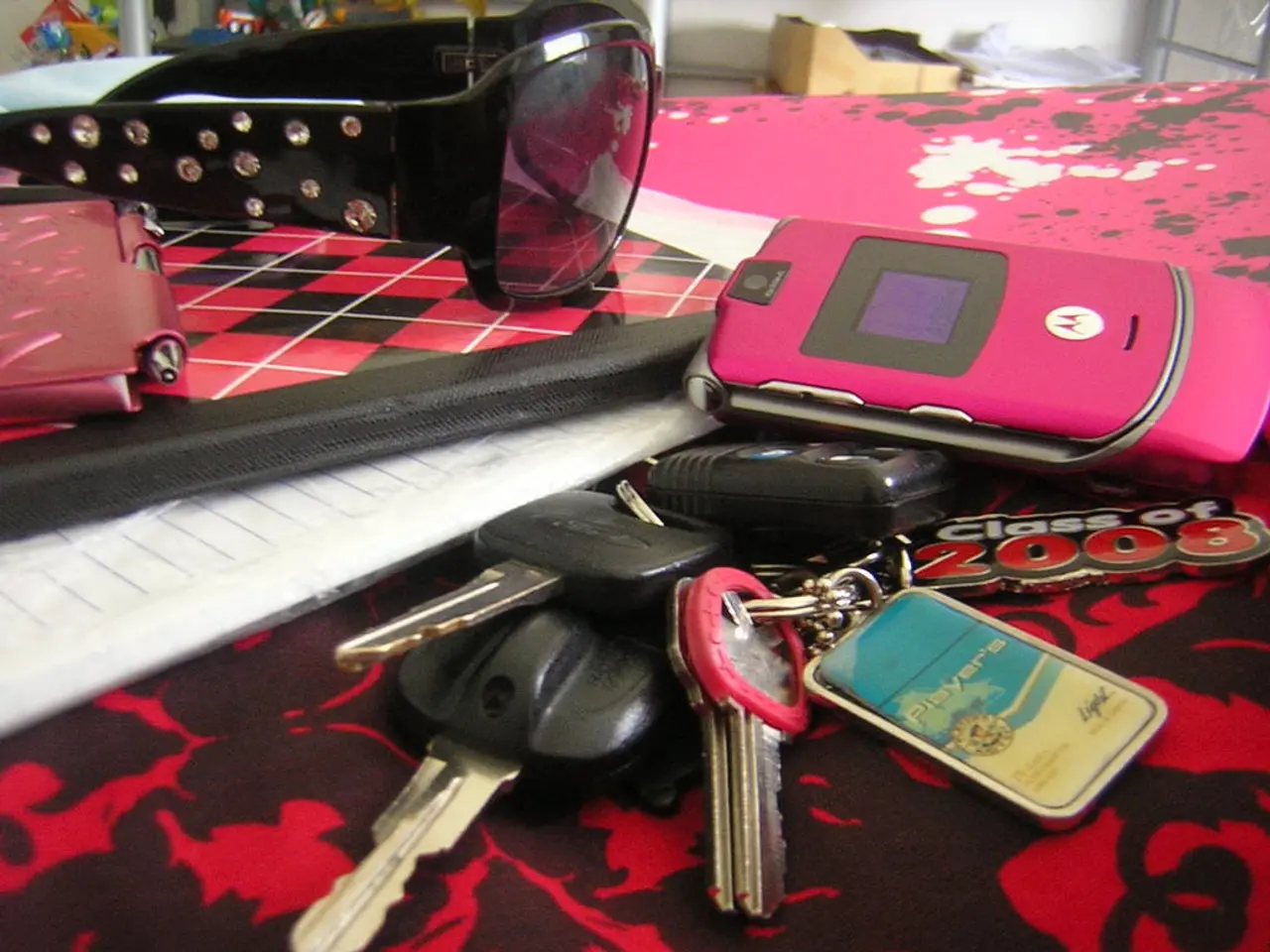Identity Verification via Sumsub: Streamlined Authentication Process
In the digital age, ensuring the security and convenience of user authentication is crucial. Biometric authentication, a cutting-edge technology, is emerging as a significant alternative to traditional password-based systems. This innovative approach offers numerous advantages, enhancing both security and user experience.
### The Advantages of Biometric Authentication
Biometric authentication offers enhanced security and fraud reduction by utilising unique biometric traits, such as fingerprints, facial features, and iris patterns, which are difficult to replicate. Advanced technologies like liveness detection and anti-spoofing further protect against attempts to bypass the system using photos, videos, or deepfakes.
The frictionless user experience is another key benefit. Biometric methods like facial or fingerprint recognition are quick, intuitive, and require no memorisation or entry of codes. This reduces user friction and decreases sign-up or login drop-offs.
High accuracy is another advantage, with advanced biometric systems combined with AI/ML able to distinguish subtle biometric features with remarkable precision, outperforming traditional password systems prone to human error or reuse.
Biometric authentication also helps meet regulatory compliance, such as GDPR, KYC, HIPAA, and AML directives, by providing robust user identity verification and secure data handling. Additionally, biometric access ties every login or transaction uniquely to a verified individual, creating robust audit trails unavailable with shared or stolen passwords.
Cost savings and brand trust are further benefits. Reduced fraud and failed transactions lower operational costs, while offering cutting-edge security can enhance brand reputation and customer retention. Moreover, biometric methods like facial or iris recognition enable touchless authentication, valuable in healthcare or pandemic scenarios.
### The Technologies Involved
Biometric authentication employs various technologies, including fingerprint recognition, facial recognition, iris recognition, voice recognition, liveness detection and anti-spoofing, and AI/ML. These technologies work together to provide a secure and efficient authentication process.
### Use Cases of Biometric Authentication
Biometric authentication offers numerous use cases, particularly in domains where security, speed, and compliance are paramount. For instance, in user account security, biometric authentication provides stronger access control and reduces hacking risks, offering a faster login without the need for password memorisation.
In physical access control, such as smart lockers, biometric authentication secures sensitive areas or items with unique user verification and audit trails, and offers touchless operation for enhanced hygiene.
In payments and transactions, biometric authentication enables fast, secure, and cardless payments, reduces fraud and payment failures, and enhances customer trust.
In healthcare, biometric authentication nearly eliminates the risk of patient duplicate records, speeds up admissions, and improves care delivery, while complying with HIPAA regulations.
In education and public safety, biometric authentication provides secure access to resources, evidence, or armory with verified identity, reducing internal risk.
In summary, biometric authentication delivers superior security, user convenience, and compliance benefits compared to password-based systems, powered by sophisticated recognition technologies and increasingly applied in domains from digital identity and payments to physical access and healthcare.
Technology like liveness detection and anti-spoofing, which protect against attempts to bypass biometric authentication systems using photos, videos, or deepfakes, are examples of advanced technologies involved in this innovative approach. Touchless biometric recognition, such as facial or iris recognition, provide a frictionless user experience, minimizing the need for memorization or entry of codes, demonstrating how technology and user convenience can harmoniously coexist.




